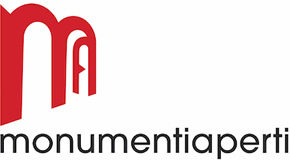By visiting the museum, you can take a journey back in time with curiosities and stories that will make the ancient crafts, still alive in the memories of our grandparents, more real. An opportunity to learn about a world long gone from which to perceive how the simple and ingenious activities of farmers, shepherds and master craftsmen, gave added value to life.
The building, known as Licheri Mill and transformed by the municipality into an Ethnographic Museum, stands on the left bank of the Rio Mannu and consists of 11 rooms.
The construction dates back to the mid-eighteenth century, thus a few decades after the founding of Fluminimaggiore, which took place in 1704 with the deed of vassalage stipulated between Don Ignazio Asquer and his wife Eleonora Gessa, owners of the fiefdom, and three terralbesi, Francesco Pinna, Pietro Angelo Serpi and Pietro Maccioni. These, having settled in their new residence thought well of building mills by exploiting an important resource of the territory, the Rio Mannu. Just think that in 1861 as many as 21 mills were operating in the stretch of the river along the town! To these must be added the countless asinine mills “is mobas a mobenti” scattered throughout the countryside.
From the newly built wooden bridge you have a pleasant outside view of the museum, which inside will introduce you to the economic, social and cultural history of Fluminimaggiore. The restoration of the building has preserved the original features of the masonry made of unbaked bricks, mud and straw, with the “cannitzada” roof, made of reeds.
There are currently eleven exhibition spaces comprising, in addition to the mill and the exterior, various rooms that preserve objects related to sheep farming, agriculture, and ancient crafts such as blacksmithing, cobbling, and carpentry, but the most significant part focuses on the various stages of grain production and processing with the millstone still in operation.








